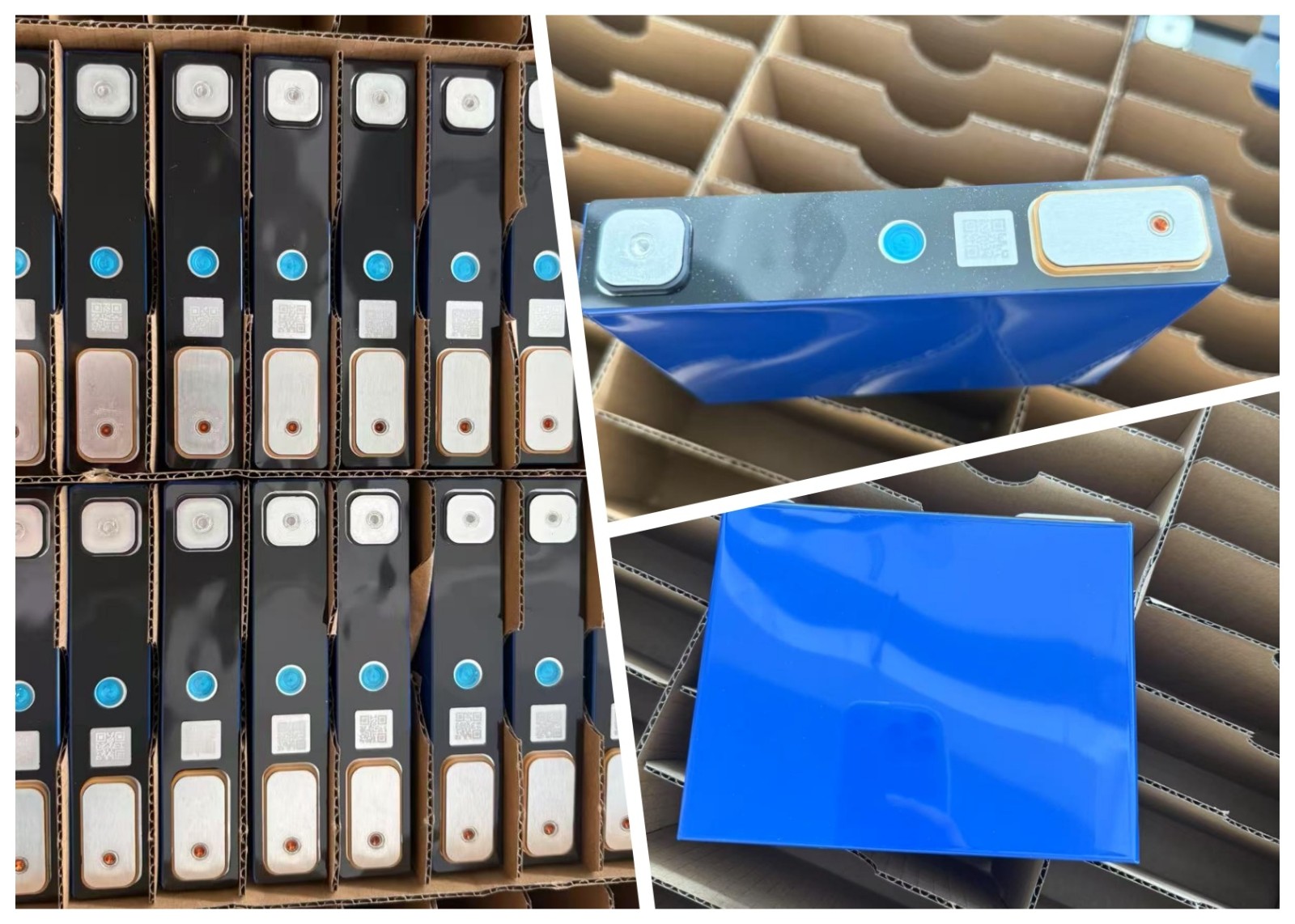
Lithium Iron Phosphate (LiFePO4) batteries have become one of the most trusted energy storage solutions thanks to their safety, stability, and long service life. However, not all LiFePO4 cells are created equal. They are classified into Grade A, Grade B, and Grade C—each offering different performance levels, quality standards, and applications.
If you are investing in energy storage, electric vehicles, or renewable energy systems, understanding these grades is crucial to ensure optimal performance, reliability, and safety. This comprehensive guide will help you differentiate between LiFePO4 cell grades so you can make an informed decision.
LiFePO4 cells are a type of lithium-ion battery that uses lithium iron phosphate as the cathode material. Compared to other lithium chemistries, they are:
Safer: Resistant to thermal runaway and overheating.
Durable: Capable of thousands of charge-discharge cycles.
Stable: Offer reliable performance under various operating conditions.
Because of these strengths, LiFePO4 batteries are widely used in solar energy storage, electric vehicles (EVs), marine systems, UPS backup power, and portable electronics.
The grade of a LiFePO4 cell directly impacts safety, efficiency, and longevity. Selecting the wrong grade can lead to:
Reduced cycle life and capacity
Inconsistent performance between cells
Higher internal resistance and heat generation
Safety risks such as swelling or leakage
By understanding the distinctions between grades, you can align your choice with your application’s requirements.
Grade A cells are the highest standard available and are designed for demanding, mission-critical applications.
Key characteristics include:
Superior Performance: Maximum capacity, high energy density, low internal resistance, and efficient charge/discharge rates.
Exceptional Longevity: With thousands of cycles and minimal degradation, they are ideal for long-term use in EVs and solar storage.
High Consistency: Each cell in a batch maintains nearly identical specifications, ensuring balanced and stable operation.
Strict Safety Standards: Manufactured under rigorous quality control and testing, minimizing risks of overheating, swelling, or leaking.
Best for: Electric vehicles, solar storage systems, medical equipment, and any application where performance and safety are critical.
Grade B cells provide good performance at a lower cost, making them a balanced option for less demanding applications.
Main characteristics include:
Good Performance: Slightly higher internal resistance compared to Grade A, but still reliable for most uses.
Moderate Cycle Life: Shorter lifespan than Grade A but suitable for mid-range applications.
Some Variability: Small inconsistencies between cells may affect uniformity in larger battery packs.
Adequate Safety: Meet safety standards but may not undergo the same rigorous testing as Grade A cells.
Best for: Backup power, consumer electronics, e-bikes, and budget-conscious projects.
Grade C cells are the least reliable and are typically used only for non-critical or experimental applications.
Defining traits include:
Lower Performance: High internal resistance and low energy capacity.
Short Lifespan: Rapid degradation and reduced cycle count.
High Variability: Significant inconsistencies across batches.
Basic Safety Standards: Minimal testing, with a higher risk of overheating or leakage.
Best for: Toys, prototypes, or disposable/short-term electronics. Not recommended for long-term or safety-critical applications.
Choosing the right cells requires careful evaluation. Here are key methods to determine the grade:
Manufacturer Reputation: Established brands are more likely to produce Grade A cells.
Specifications and Test Reports: Always check datasheets and request performance data.
Visual Inspection: Look for surface defects, swelling, or inconsistencies.
Price Indicator: Extremely low prices often signal lower-grade cells.
Supplier Transparency: Trustworthy suppliers clearly disclose the grade and provide certifications.
Grade A: EVs, solar storage, medical devices, marine batteries.
Grade B: E-bikes, backup power, general consumer electronics.
Grade C: Toys, low-demand electronics, R&D prototypes.
To avoid counterfeit or misclassified cells, follow these steps:
Research Manufacturers – Look for brands with proven track records.
Verify Certifications – ISO, CE, UL certifications indicate compliance with international standards.
Request Samples – Test samples to verify consistency and performance.
Check Transparency – Reliable suppliers should provide full documentation on grades.
Compare Prices Carefully – Unrealistic pricing often signals lower-quality cells.
“All LiFePO4 cells are the same” – Grades determine performance, consistency, and lifespan.
“Higher price always means higher quality” – Testing data and certifications are more reliable indicators.
“Grade B and C cells are useless” – Lower grades still serve well in non-critical or short-term applications.
LiFePO4 batteries are among the safest and most durable energy storage solutions available. However, understanding Grade A, B, and C classifications is critical to choosing the right cells for your project.
Grade A ensures premium performance and safety.
Grade B balances cost and reliability.
Grade C is only suitable for low-demand or temporary uses.
By carefully evaluating manufacturers, specifications, and supplier transparency, you can source the best LiFePO4 cells for your application and maximize both performance and safety.
Next:EVE Energy Partners with CommVOLT on 500MWh European Energy Storage Deal
Previous:Sungrow Australia Inverter Trade-In | Sustainable Energy Upgrade
Contact Person: Miss. Elsa Liu
| WhatsApp : | +8617763274209 |
|---|---|
| Skype : | +8617763274209 |
| WeChat : | 17763274209 |
| Email : | Elsa@lifepo4-battery.com |